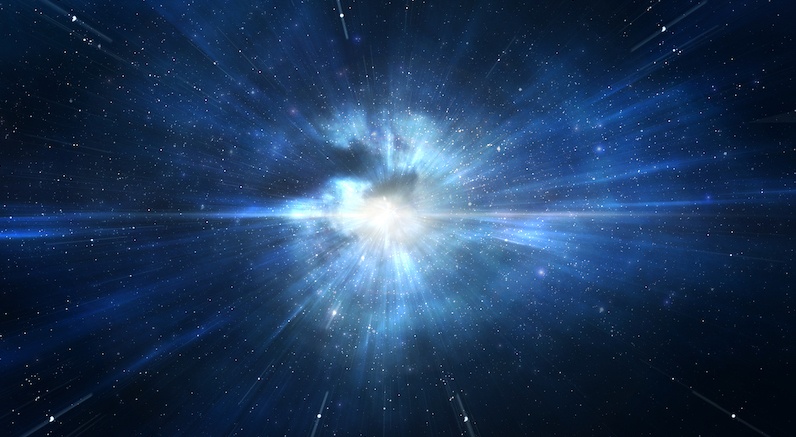Paul Halpern at Literary Hub:
 Resolving the great cosmological debate of the mid-20th century was not on their agenda. Yet in 1964, astrophysicists Arno A. Penzias and Robert W. “Bob” Wilson unexpectedly discovered a radio hiss that turned out to be relic radiation from the early universe. Much to their surprise, their finding, after being interpreted and published the following year, helped settle a long-standing argument about time and space. The Big Bang theory postulated the universe had been created with an initial burst of matter and energy, whereas the steady-state theory—its main rival—described no primordial eruption but rather a slow, continuous creation of material that remains ongoing. The Penzias-Wilson discovery of background radiation tipped the scale toward the Big Bang, away from the steady-state.
Resolving the great cosmological debate of the mid-20th century was not on their agenda. Yet in 1964, astrophysicists Arno A. Penzias and Robert W. “Bob” Wilson unexpectedly discovered a radio hiss that turned out to be relic radiation from the early universe. Much to their surprise, their finding, after being interpreted and published the following year, helped settle a long-standing argument about time and space. The Big Bang theory postulated the universe had been created with an initial burst of matter and energy, whereas the steady-state theory—its main rival—described no primordial eruption but rather a slow, continuous creation of material that remains ongoing. The Penzias-Wilson discovery of background radiation tipped the scale toward the Big Bang, away from the steady-state.
Though many researchers had contributed to the development of each theory, in the public mind the debate came down to a clash between two extraordinarily brilliant—and charmingly quirky—figures. Since the late 1940s, Russian Ukrainian American physicist George Gamow—a master of exceptional insights and outrageous puns—had carried the banner of the Big Bang (though he didn’t like that expression), and British astrophysicist Fred Hoyle—known for his stubborn persistence, maverick ideas, and passion for long-distance hiking—had tenaciously advocated the steady-state alternative.
More here.
